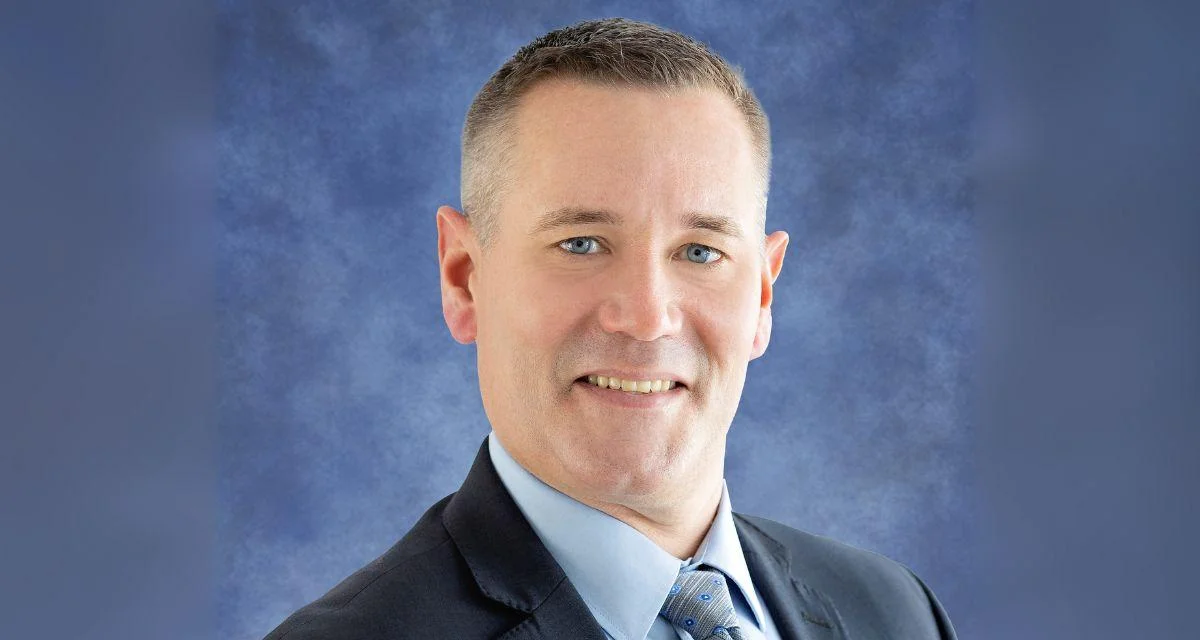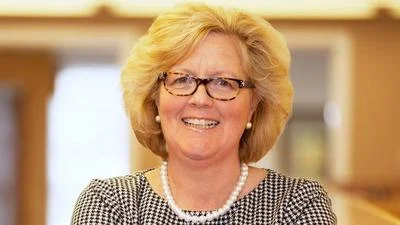Chris Klay, MA, PT, MHA, FACHE Chief Executive Officer | Saint Elizabeth's Hospital and Saint Joseph's Hospital
Chris Klay, MA, PT, MHA, FACHE Chief Executive Officer | Saint Elizabeth's Hospital and Saint Joseph's Hospital
A recent message from Dr. Emily Dahm of HSHS Medical Group Family Medicine highlights the importance of discussing breast and lung cancer screenings with healthcare providers. The timing is relevant, as October marks Breast Cancer Awareness Month and November is Lung Cancer Awareness Month.
According to the American Cancer Society, breast cancer remains the most common cancer among women in the United States and is the second leading cause of cancer death in women. Lung cancer ranks as the second most common but leads in causing cancer deaths among women. Early detection can make treatment more effective for both cancers.
Dr. Dahm explains that breast cancer occurs when cells in the breast grow abnormally, primarily affecting women but also possible in men. Factors such as age, family history, certain genes, and lifestyle habits can increase risk.
"Getting regular mammograms (breast X-rays) has helped lower the number of women who die from breast cancer by almost 40% since 1990, according to the American College of Radiology," said Dr. Dahm.
Mammograms are emphasized as a key tool for early detection before symptoms appear. "Most women who find breast cancer early survive—over 90%, according to the World Health Organization," Dr. Dahm stated.
Recommendations for mammogram screenings depend on age and individual risk factors:
- Women aged 40–49 should consult their doctor about when to begin screening.
- Women aged 50–74 are generally advised to have a mammogram every one or two years.
- Those with a family history may need earlier or more frequent testing.
On lung cancer, Dr. Dahm notes that while smoking is a major cause, non-smokers can also develop lung cancer due to exposure to secondhand smoke, environmental factors, or genetic predisposition. The disease is often diagnosed late because symptoms typically do not appear until it has advanced.
"Most people do not have symptoms until lung cancer is already advanced. A special scan called a low-dose CT scan can find lung cancer early. Studies show that these scans help people live longer. The National Lung Screening Trial found that lung screenings lower the chance of dying from lung cancer by 20% for people at high risk," Dr. Dahm explained.
Screening for lung cancer is recommended for individuals aged 50–80 who currently smoke or have a significant history of smoking (at least one pack per day for 20 years or two packs per day for 10 years).
Dr. Dahm encourages patients: "Schedule time to discuss your risk factors and screening options with your provider. It only takes about 10 minutes to have this important conversation." For those seeking medical providers, information is available at providers.hshs.org.






 Alerts Sign-up
Alerts Sign-up